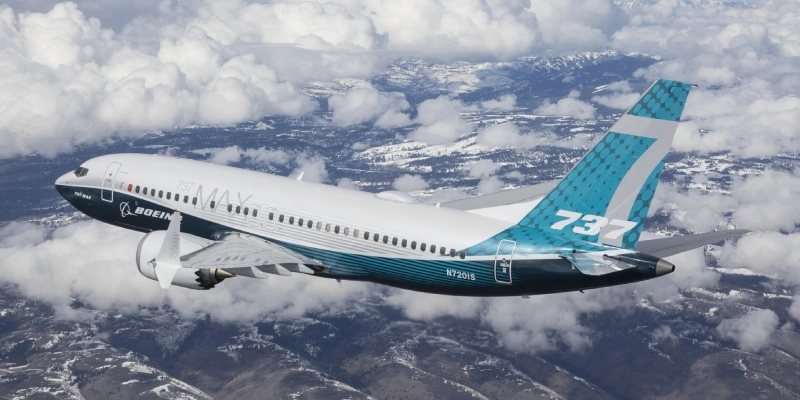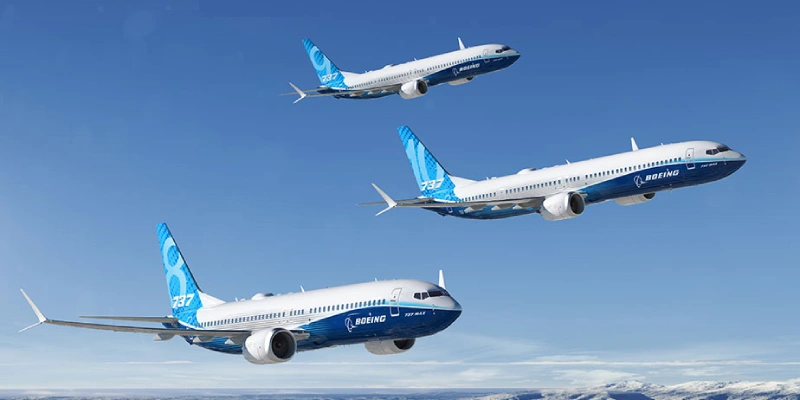In the next 20 year passenger traffic growth of 5.3% per annum and accelerated retirement of older less fuel efficient aircraft will see the Asia-Pacific region require 17,620 new passenger and freighter aircraft. Nearly 30% of these will replace older less fuel efficient models.
→ ATR successfully performs test flights with 100% SAF in one engine.
In a region which is home to 55% of the world’s population, China, India and emerging economies such as Vietnam and Indonesia will be the principal drivers of growth in Asia-Pacific.
Of the demand for 17,620 aircraft, 13,660 are in the Small category like the A220 and A320 Family. In the medium and long range categories, Asia-Pacific will continue to drive demand with some 42% of global requirement. This translates to 2,470 Medium and 1,490 Large category aircraft.
Cargo traffic in Asia-Pacific will also increase at 3.6% per annum, well above the global 3.1% average and will lead to a doubling in air freight in the region by 2040. Globally, express freight boosted by e-commerce will grow at an even faster pace of 4.7% per year. Overall, reflecting that strong growth over the next 20 years, there will be a need for some 2,440 freighters, of which 880 will be new-build.
→ K5-Aviation takes delivery of its first ACJ330-300.
“We are seeing a global recovery in air traffic and as travel restrictions are further eased the Asia-Pacific region will become one of its main drivers again. We are confident of a strong rebound in the region’s traffic and expect it to reach 2019 levels between 2023 and 2025,” said Christian Scherer, Chief Commercial Officer and Head of Airbus International. “With an ever greater focus on efficiency and sustainable aviation in the region, our products are especially well positioned.”
Globally, in the next 20 years, there will be a need for some 39,000 new-build passenger and freighter aircraft, of which 15,250 will be for replacement. As a result, by 2040 the vast majority of commercial aircraft in operation will be the latest generation, up from some 13% today, considerably improving the CO2 efficiency of the world’s commercial aircraft fleets.
Related Topics
Boeing Requests Emissions Exemption from FAA to Sell 35 777F Jets
FAA to Evaluate New Cockpit Alert System for Boeing 737 MAX 10: A Key Step Toward Certification
Southwest Airlines Expects Boeing 737 MAX 7 Certification by August 2026
Airbus Admits Boeing Likely to Win Order Race This Year

Plataforma Informativa de Aviación Comercial con 13 años de trayectoria.




